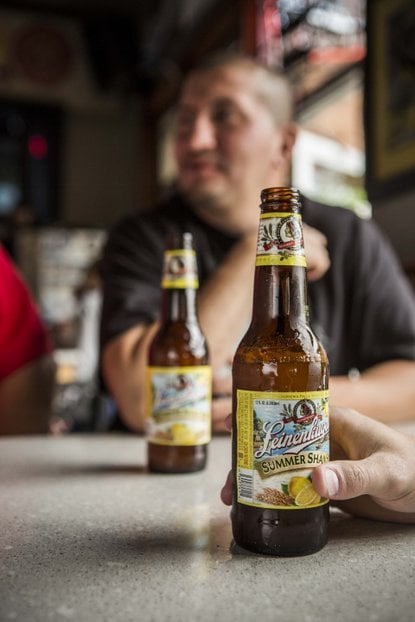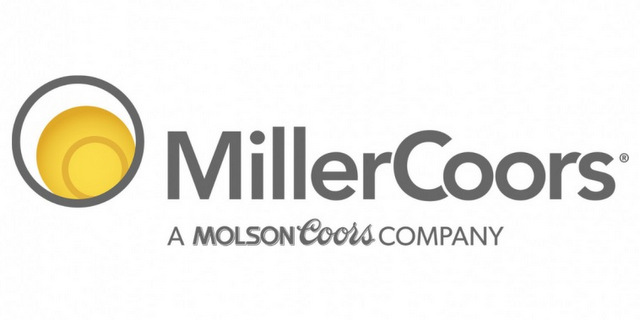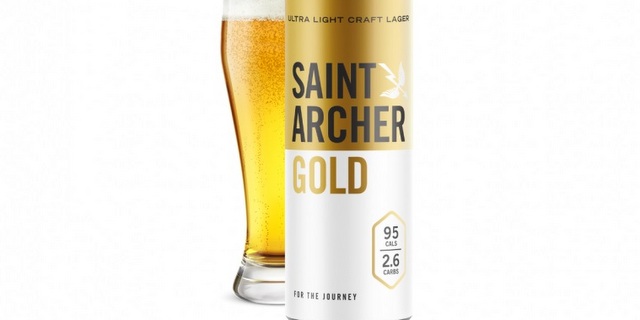
Credit: OneRedEye
Here’s a philosophical question: If a Big Beer company’s “craft brewing” division does really well, does it help or hurt the smaller, independent craft breweries as defined by the Brewers Association? Maybe the answer is obvious, but it’s worth asking.
As reported in this interesting look at Big Beer companies’ craft beer divisions from CNN Money, MillerCoors is seeing most of its victories these days come from its Tenth and Blake brands like Leinenkugel and Blue Moon. Leinenkugel’s Summer Shandy in particular exploded this year with shipments up 24 percent, producing near 1 million barrels.
More significantly, Leinenkugel’s success led to almost double-digit volume growth in the third quarter for Tenth and Blake, the craft and imports division MillerCoors set up in 2010. Compare that to the 4 percent growth in net revenue per barrel for MillerCoors overall in the same quarter, and you start to think craft beer, long thought an impending threat to the big brewers, may be the solution to big beer’s bigger foe, wine and spirits, which have been eating into beer sales for a decade.
Those overall beer sales indeed are trending down, with the decreases coming from those recognizable market leading light beers. So, a victory such as “up 24 percent” will likely get some deep thought from the executives at MillerCoors. As the CNN Money article puts it:
Tenth and Blake, which houses both Leinenkugel and Blue Moon — in addition to imports like Peroni and Pilsner Urquell — is something of an anomaly among mega-brewers; none of MillerCoors’s peers have a separate craft division. Maybe they should, considering Leinenkugel has given its big daddy such a boost: Summer Shandy, the “highest velocity” of the top 15 craft brands this summer, was second in sales only to Blue Moon Belgian White, another MillerCoors property.
Again we ask the question, what does the success of a seasonal beer product like Summer Shandy mean for the craft beer industry? Anything?
Put aside the definitions of craft beer for a second: Does a notable shift in consumer demand to a craft-type beer (in that, to a consumer, it is not expressly labeled AB or Miller) help grease the tracks for more interest in the wider population for newer, craftier beers? The theory here being there is a flight-to-quality trend, or at least a flight-to-more variety trend, taking place for more of the average drinkers out there. And by virtue of their playing in this space and expanding the average drinker’s appetite for beer, MillerCoors (and any others that join them) is increasing the pool of potential consumers for all craft beer.
Does this merely show the large brewing corporations that growth and earnings success only exists in buying or creating their own craft beers, potentially muscling their way into even more shelf and tap space with an increased portfolio?
Does this mean absolutely nothing, one way or the other, for 99 percent of craft brewers?
Does this just show that people like the taste of lemonade and that’s it? Maybe it means it’s time to create your own shandy for next summer drinking season.
Does it mean a fifth thing? Be interested to hear any and all thoughts in the comments below.





Summer Shandy has huge season for MillerCoors, we ask philosophical questions about it – Craft Brewing Business http://t.co/BOtgM294k0
RT @thirstygiraffe: I think Summer Shandy is like the gateway drug to authentic #craftbeer, what do you think? http://t.co/Fo529x3V5o @Craf…
I think Summer Shandy is like the gateway drug to authentic #craftbeer, what do you think? http://t.co/Fo529x3V5o @CraftBrewingBiz
Summer Shandy has huge season for MillerCoors, we ask philosophical questions about it – Craft… http://t.co/jwBQVMaJVs
RT @CraftBrewingBiz: Summer Shandy has huge season for MillerCoors. http://t.co/v6sXajkWtt We ask philosophical questions about it.